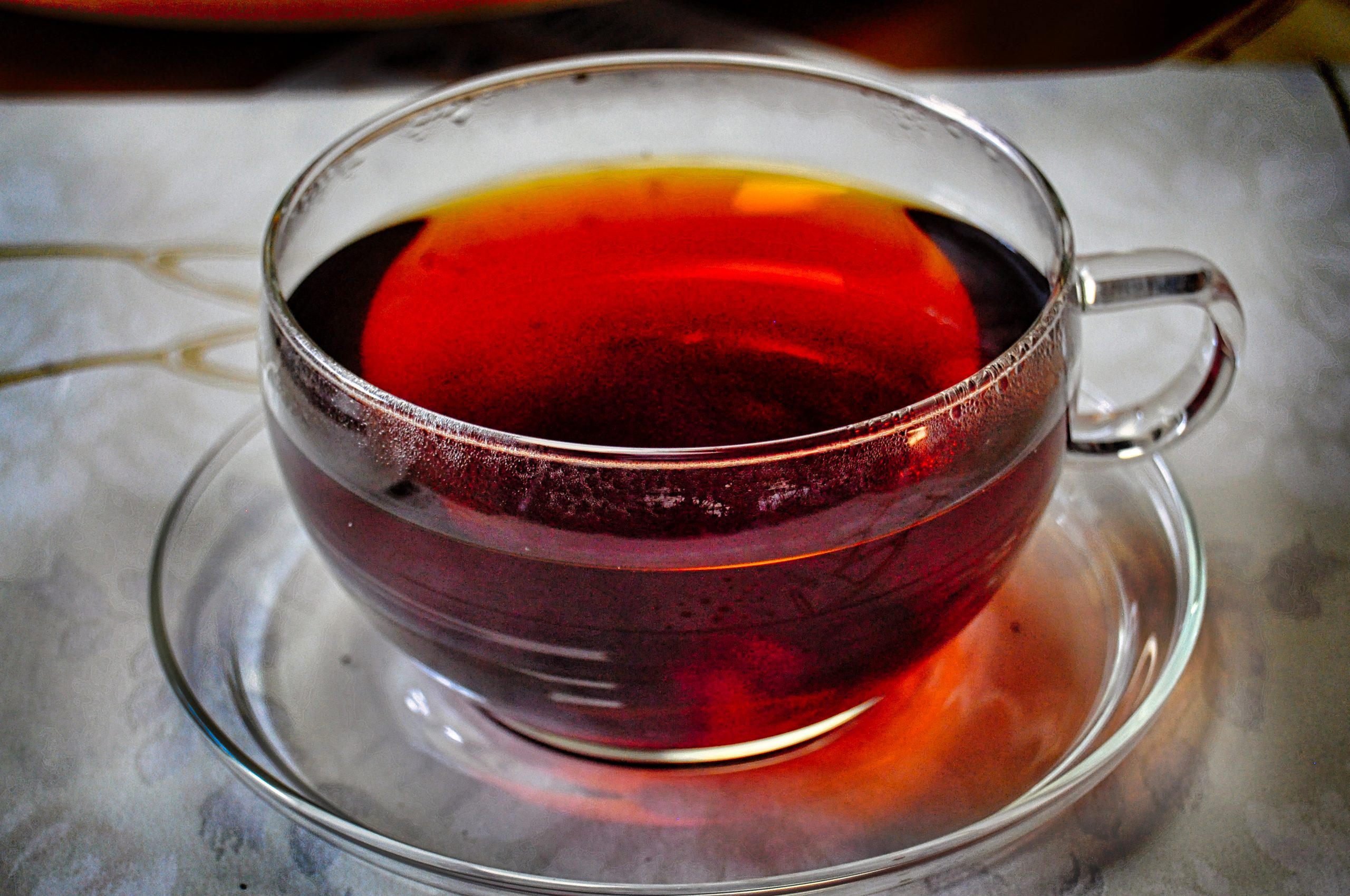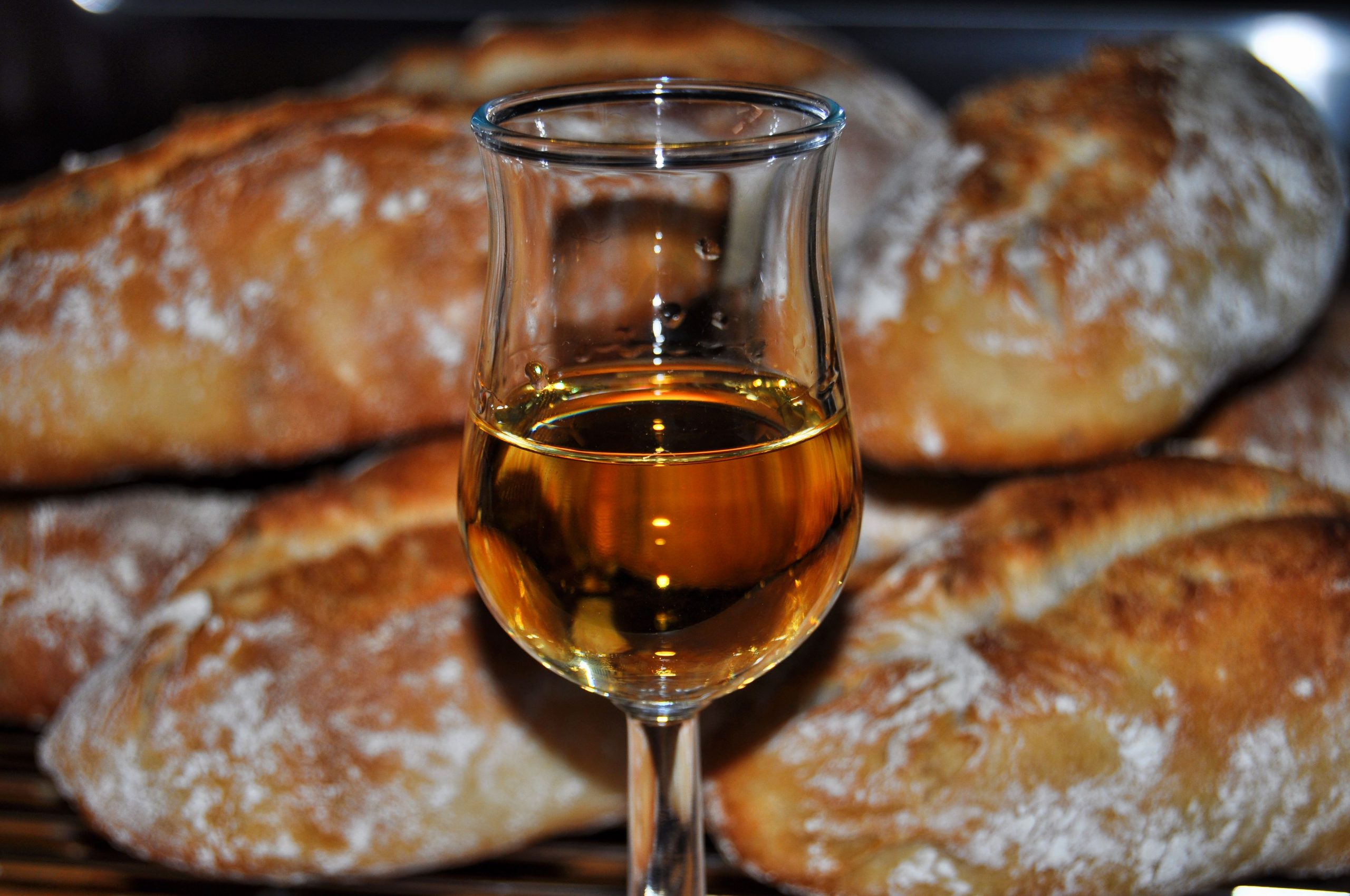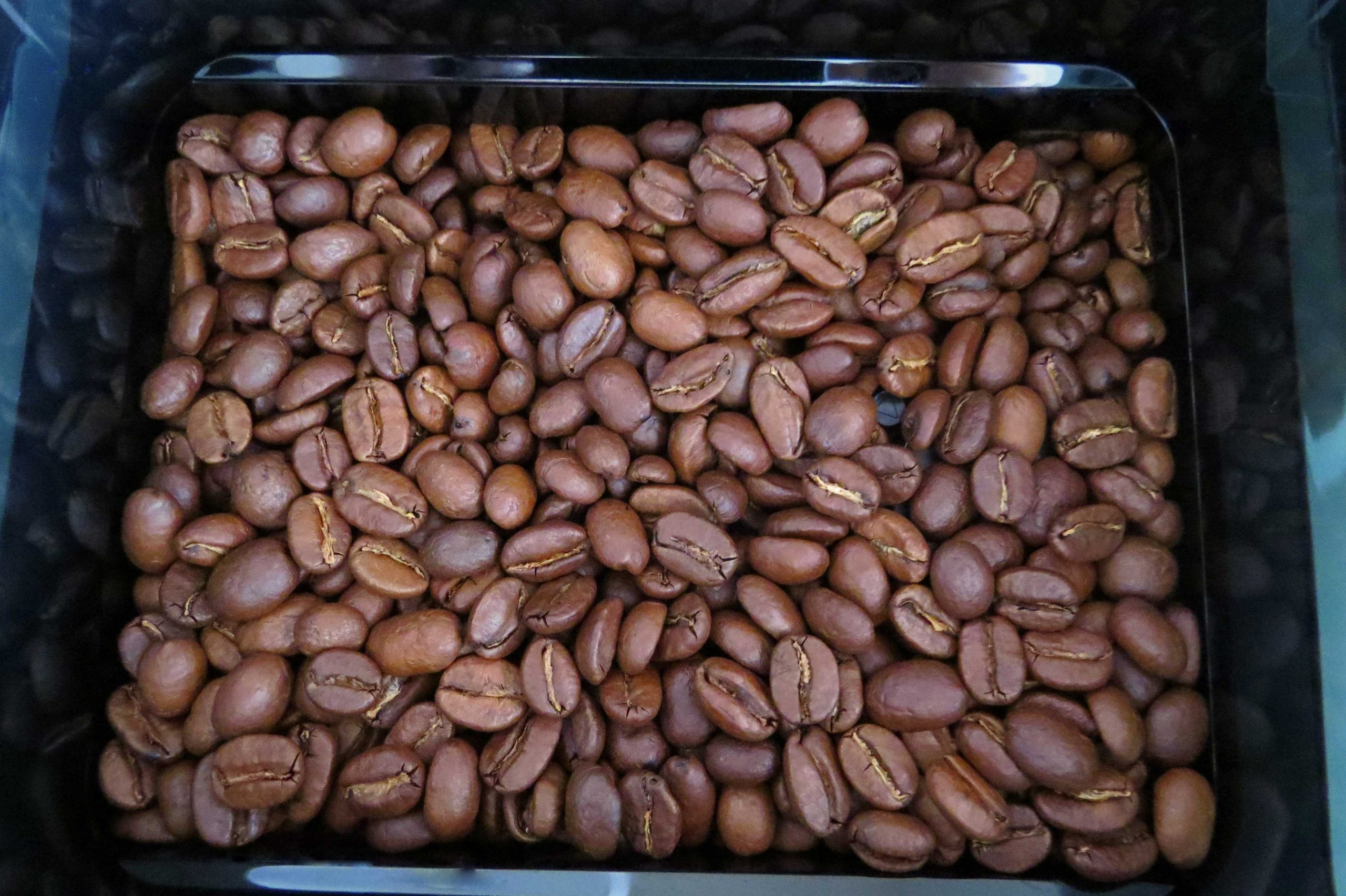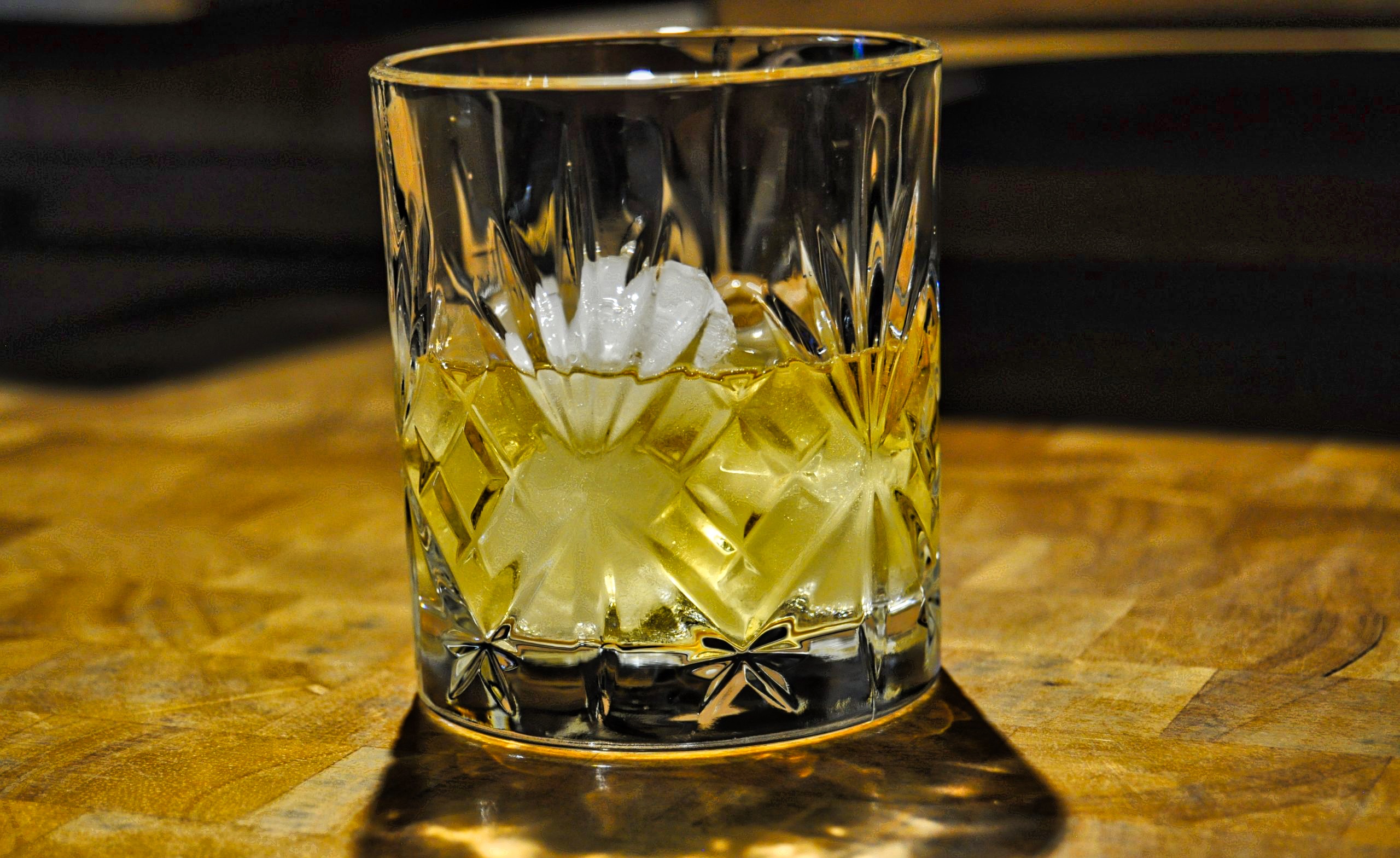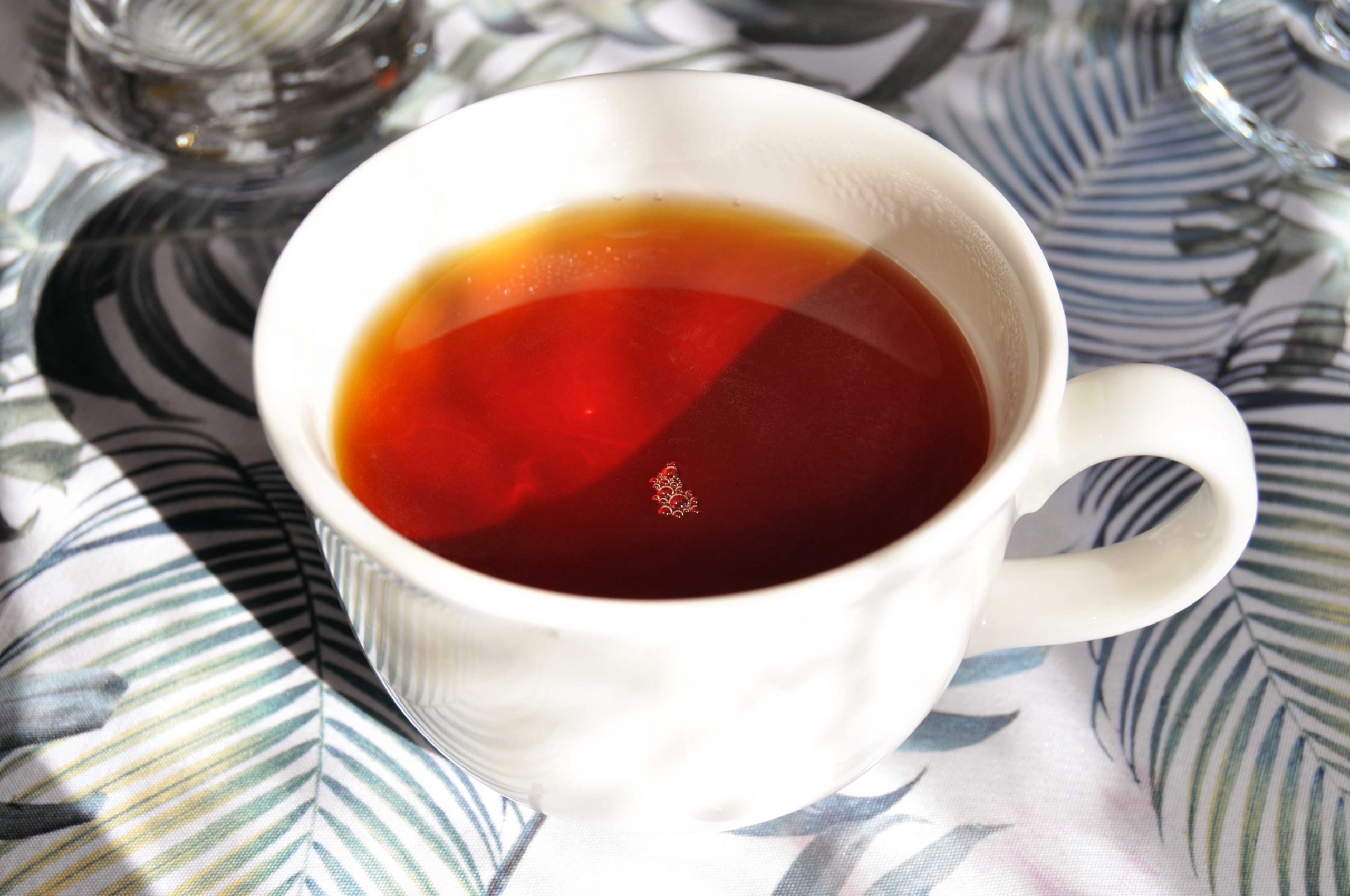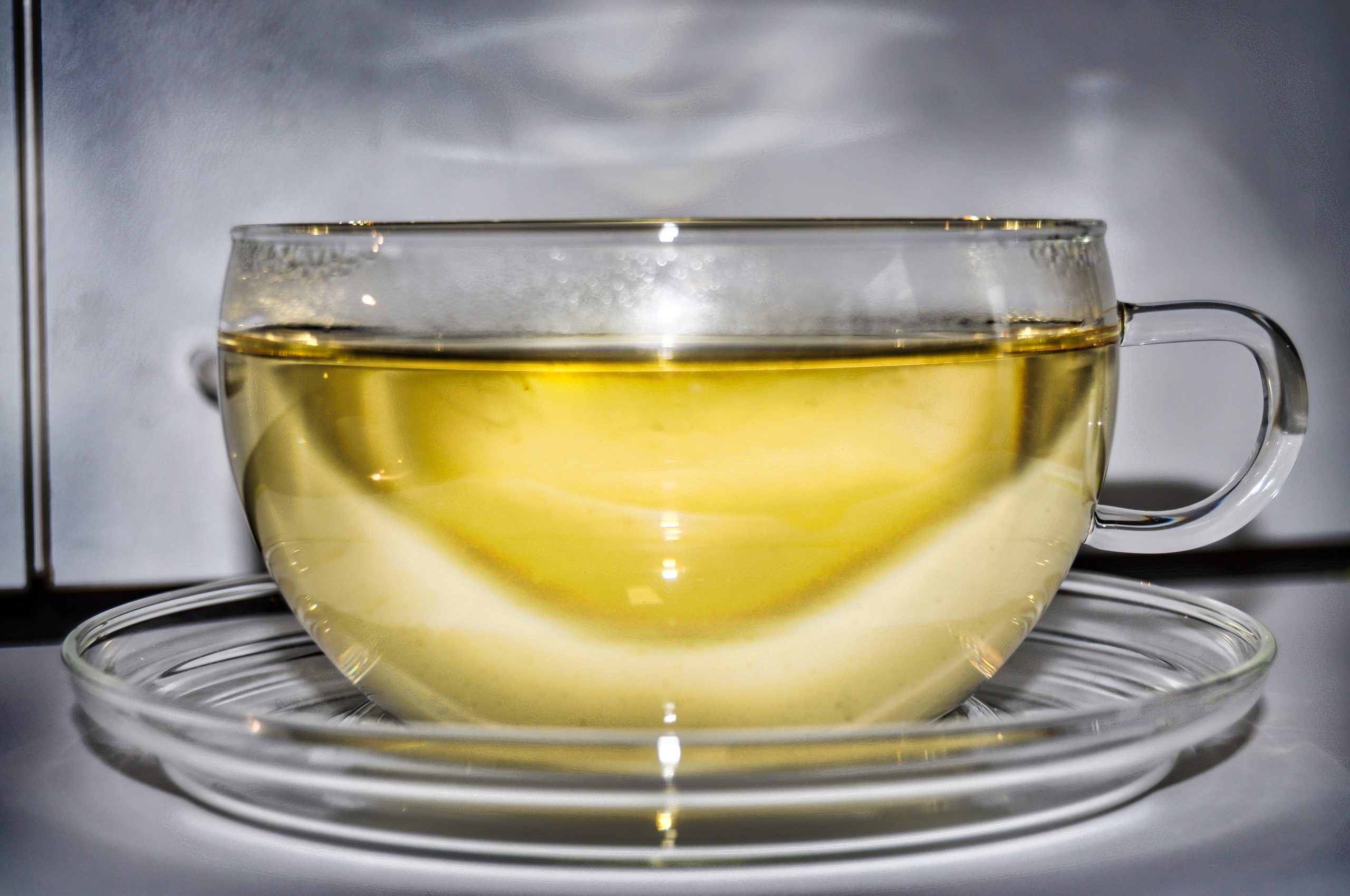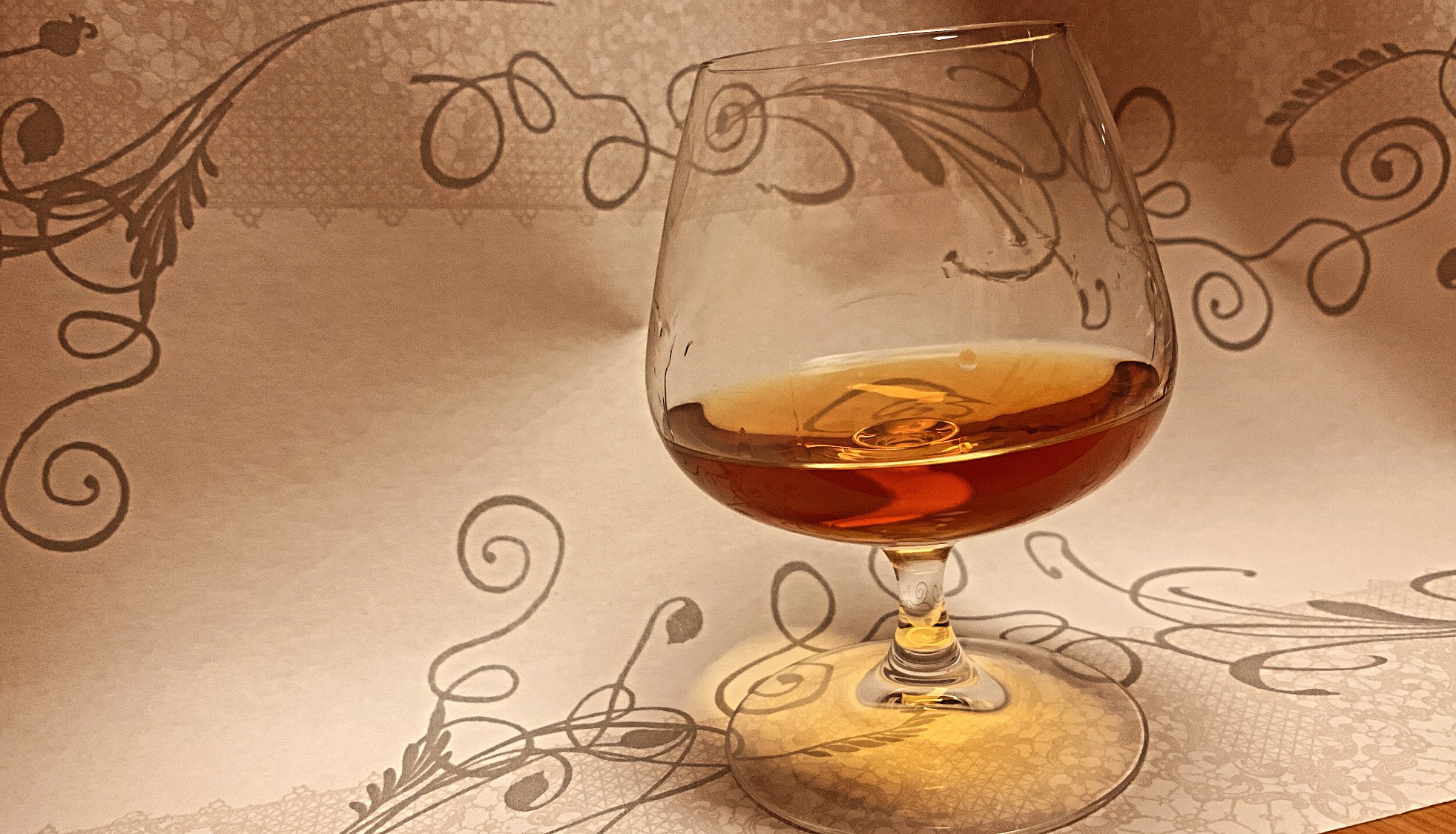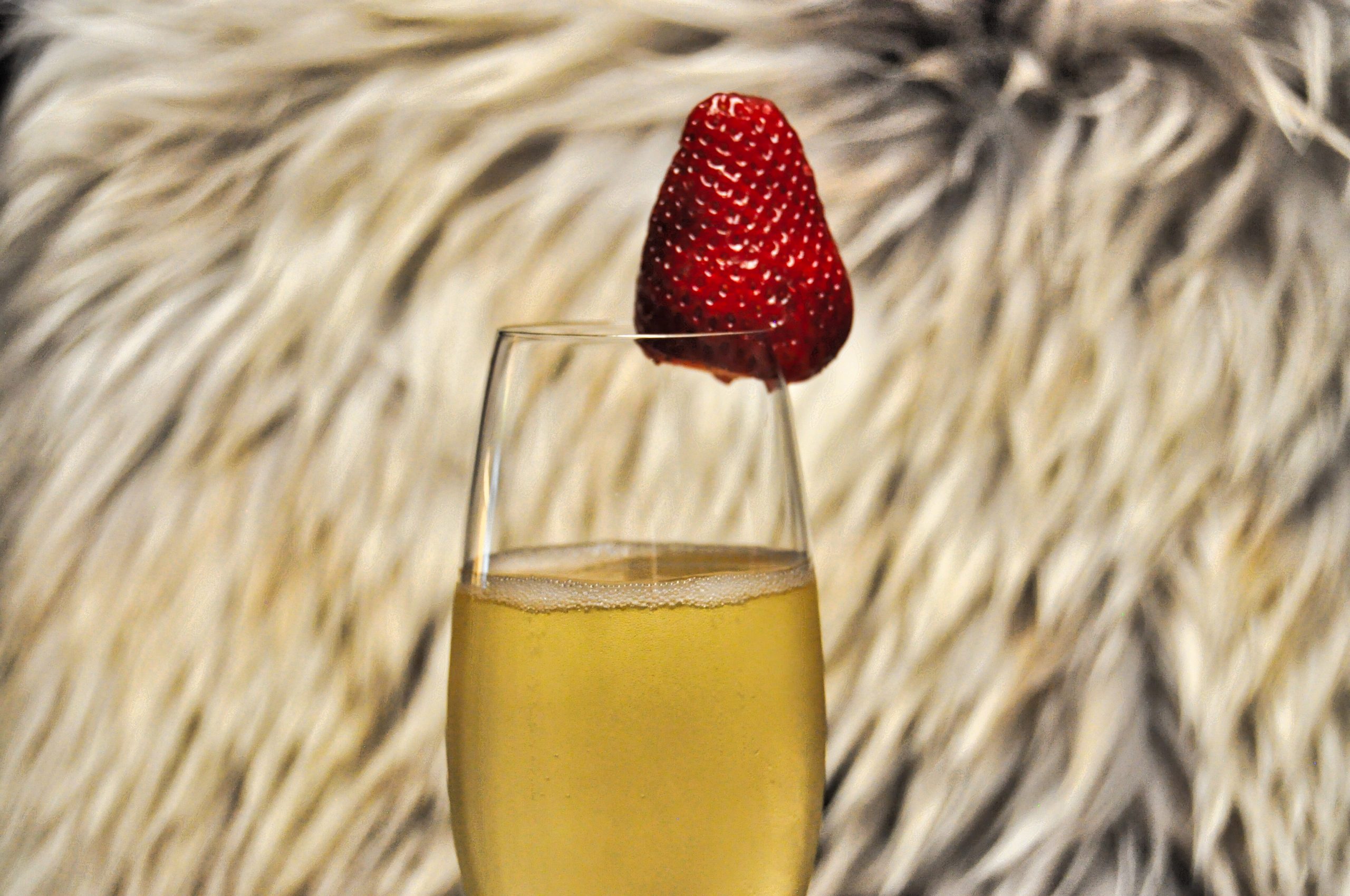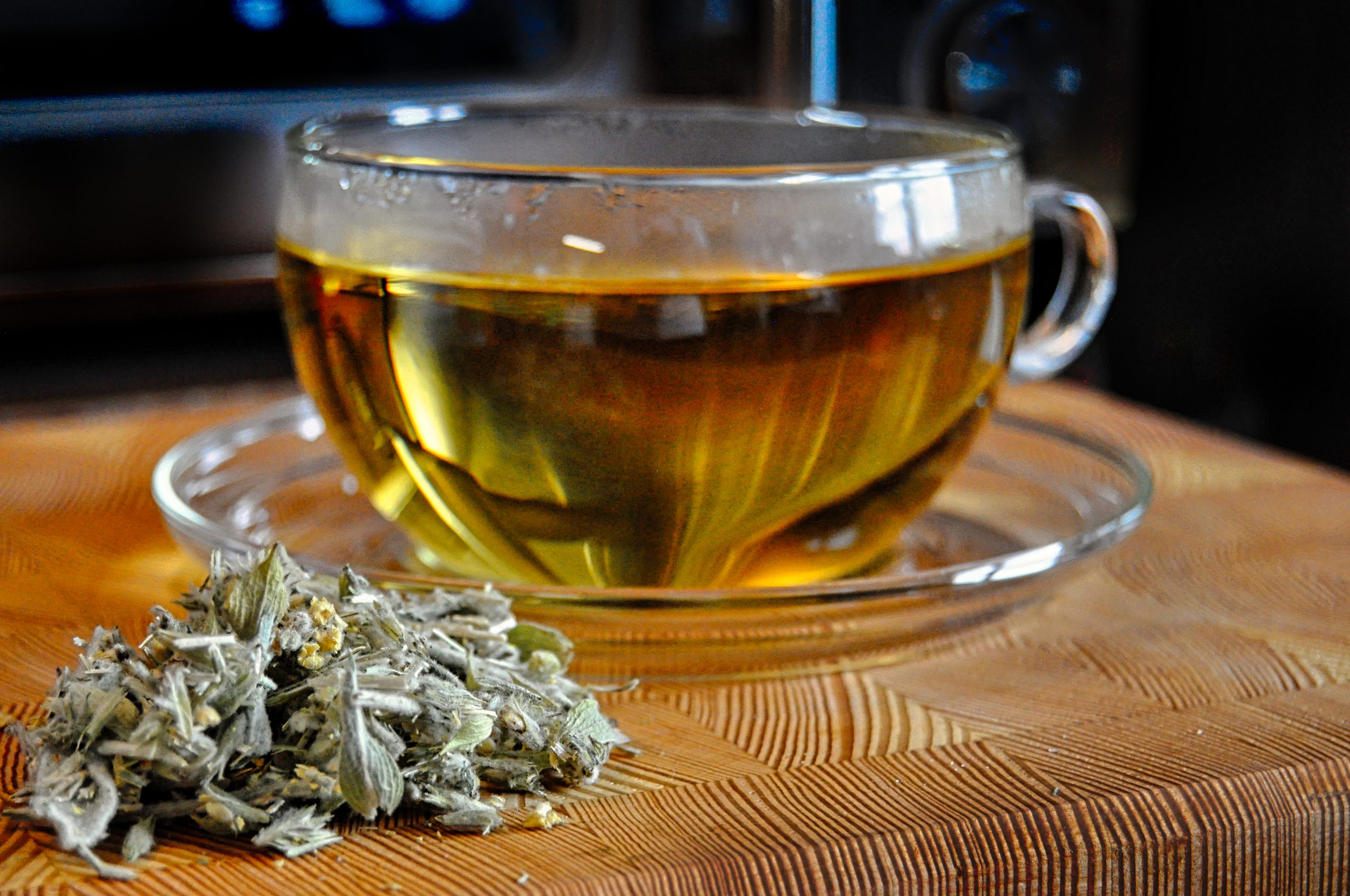Although the grapes used to make port wine come from the interior of Portugal, port wine derives its name from the coastal city of Porto on the lower reaches of the Douro River: it was from there that port wine was first shipped to the world in the 17th century.
Since the wine was at sea for a very long time at that time, people were looking for a way to preserve the wine: The solution was to add brandy to the must. The brandy not only led to a longer shelf life, but also caused the fermentation to be interrupted and the grapes to retain their natural sugar. This led to the classic sweet taste for which port wine is still known today.
In the past, the addition of brandy was pure necessity – today, the addition of brandy is a defining characteristic of port. The brandy is added to the must in a ratio of 1:4 during port wine production.
The Douro Superior in particular produces many powerful and sought-after port wines.
Winegrowing region
The Douro Valley in the north of Portugal is the cradle of port wine: as early as 1756, the Alto Douro region was granted the status of a protected area of origin, making it the first known protected area of origin. Until the end of the 20th century, the region was dedicated solely to the production of port wine: since 1979, still wines are also produced from the grapes in the Douro Valley. Since brandy is added during production, port wines are not still wines but liqueur wines.
The area, which covers a total of over 45,000 hectares of vineyards, is divided into three zones: Baixo Corgo, Cima Corgo and Douro Superior. The Baixo Corgo zone is the coolest wine-growing area, with a maritime climate. The Cima Corgo is in the heart of the growing area and the Douro Superior is near the Spanish border and is the hottest and driest of the growing areas: The Douro Superior in particular produces many powerful and sought-after port wines.
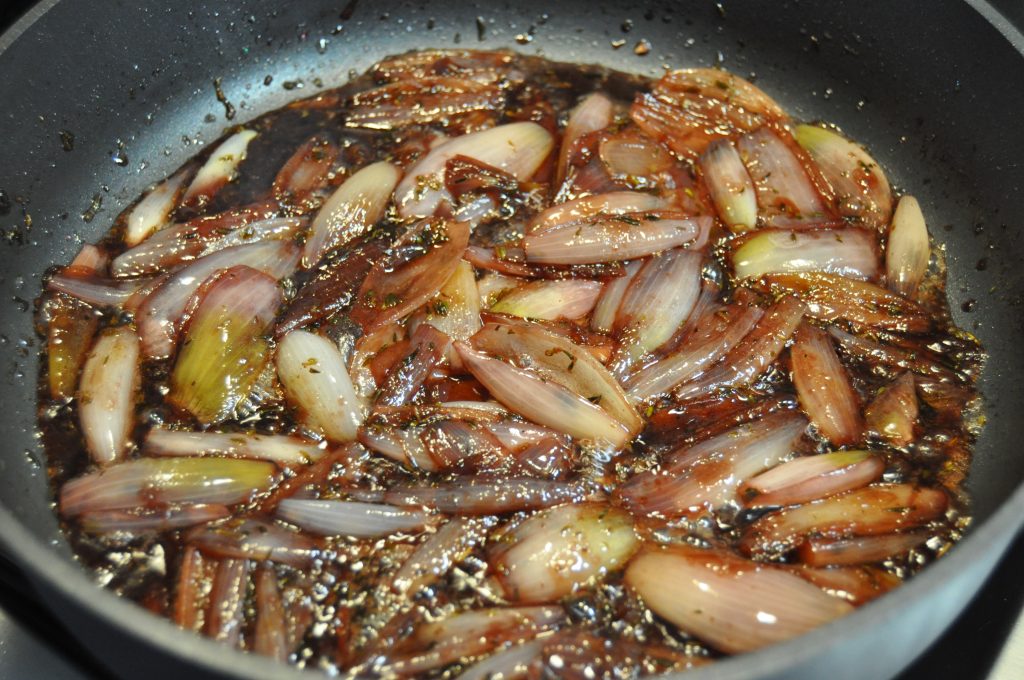
Multifaceted winegrowing region
What is special about the Douro Valley is that there are numerous different altitudes and microclimates: The vineyards are more diverse here than in almost any other wine-growing region in southern Europe and offer a great deal of variety.
The Portuguese economy profits significantly from port wine production: several million litres of port wine are exported to the world every year.
The Douro Valley has a great variety of different grape varieties to offer: There are over 80 different grape varieties growing in the vineyards of the Douro Valley. The most common varieties are Touriga Nacional and Touriga Franca.
A young red port wine is called Ruby: A Ruby port wine is characterised by a dark, ruby-red colour. The longer a port matures, the more the product takes on an amber colour and passes into the Tawny category. The amber colour of the port wine is due to a longer storage time in wooden barrels. All port wines are vinified on site, in the so-called quintas.
Vintage Ports are not bottled every year – there are only a few, special vintages that are suitable for ageing as Vintage Ports.
Quality levels
There are no upper limits for the maturation of port wine: Basically, depending on the quality, a tawny is matured for a very long time in the wooden barrel and a full-bodied ruby port is bottled as early as possible. In the bottle, the Ruby port then matures further and develops a completely different aroma than a Tawny from the wooden barrel.
Last but not least, there is the category of Vintage Ports: this category enjoys the greatest prestige and surpasses the other categories in terms of rarity and exclusivity. Vintage Ports are not bottled every year – there are only a few, special vintages that are suitable for ageing as Vintage Ports. If there is such a vintage, it is usually formally proclaimed by the producers.
Because of the addition of brandy with an alcohol content of 77 per cent, a red port wine usually reaches an alcohol content of 19 per cent.
There is not only red port wine: white port wine is usually a very young port wine that is particularly popular for dessert. In contrast to red port wine, white port wine usually has an alcohol content of 15 per cent.
More than just sweet
A port wine usually goes particularly well with cheese or with a dessert: a port wine is especially recommended with sweet desserts.
The traditional wine from the Douro Valley is also a component of numerous dishes: many sauces work on the basis of port wine. Last but not least, port wine is a component of numerous cocktails, to which it lends a sweet note.
The special thing about port wine is that it is not simply sweet: although sweetness is a significant component of the typical port wine taste, there is a complex background behind the sweetness. The addition of the brandy rounds off the tannin structure of the base wines, making the product taste particularly harmonious.
What used to be purely a preservation method is now the characteristic of one of the most multi-faceted wine products from Portugal.
Cover picture: © Simon von Ludwig

 Deutsch
Deutsch

